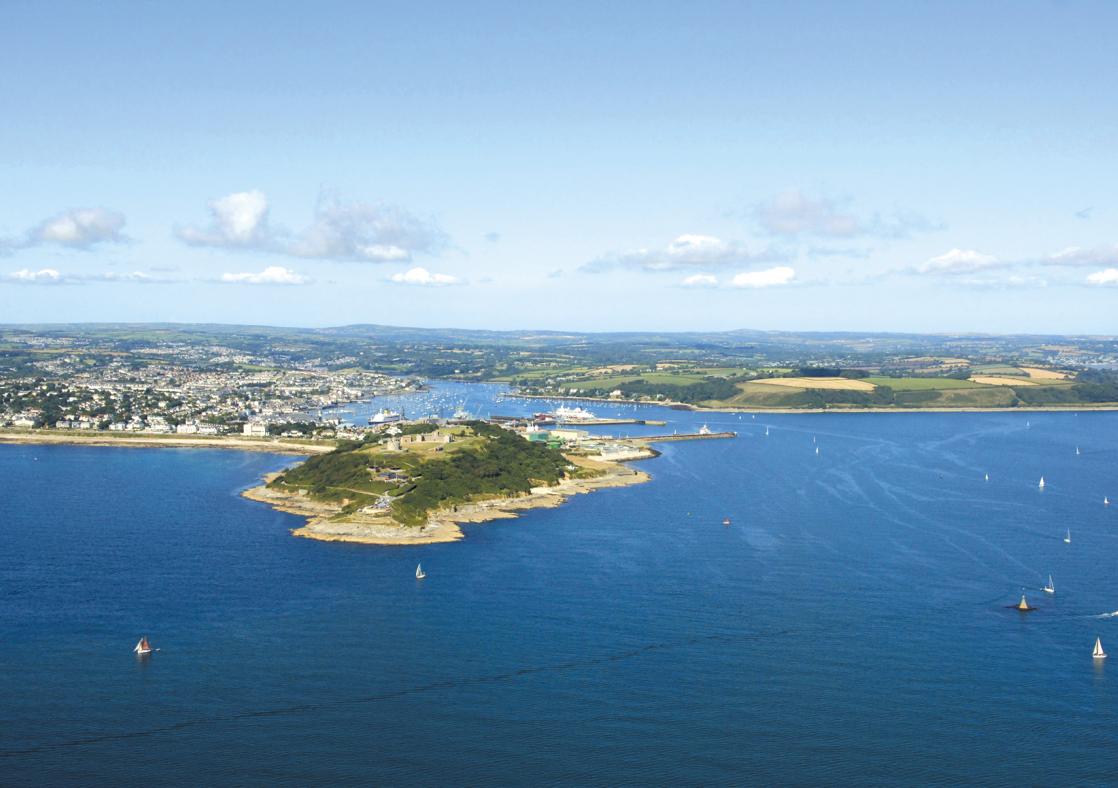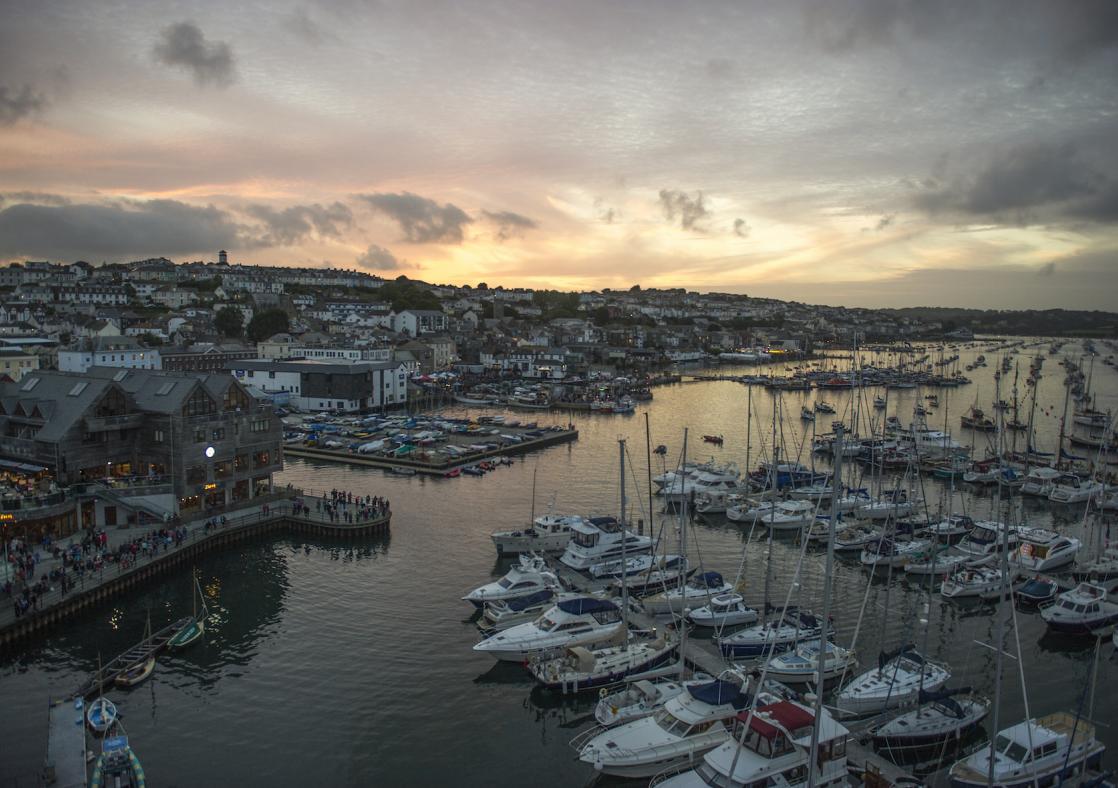
The site of the third deepest natural harbour in the world, Falmouth is a historic port town which today is also a big hit with tourists. In this article, we tell you the story of how Falmouth came to be, as well as how it grew to become the thriving Cornish town that it is today, with thousands of people enjoying luxury family holidays in Falmouth every year.
Establishing Falmouth as a Town
Falmouth’s foundation can be credited to Sir John Killigrew, who first created the port and the town upon land that he owned in the area in 1613, in the shadow of Pendennis Castle and St Mawes Castle. These two fortresses were built in the Tudor period, acting as defences for the Carrick Roads. Killigrew was inspired after Sir Walter Raleigh visited his home, the secluded Arwenack Manor House, and told him how the location would be the perfect place for a port.
Originally, the neighbouring settlement of Penryn was much larger than Falmouth and had acted as the area’s main market town since the 13th century. The people of both Penryn and Truro objected to the granting of a charter in 1661 by King Charles II enabling Falmouth to grow as a port. In 1665, in recognition of the King’s charter, a church was consecrated in the town, cementing its growing status as a settlement.

Falmouth Becomes an Important Port
Falmouth as a port continued to grow significantly in the late 17th century. Moving goods by sea was far more efficient and less dangerous than land transit, and so places like Falmouth became essential not only for transporting goods but also external communications. In 1688, it was designated as a Post Office Packet Station, responsible for shipping mail to and from the expanding British empire. With its packet station status, Falmouth had a 150-year monopoly on incoming and outgoing mail, with news from abroad often landing in Falmouth first before anywhere else.
One notable event that happened in Falmouth during this time was receiving the news of Britain’s victory, and the death of Admiral Nelson, at the Battle of Trafalgar. The messenger then journeyed from Falmouth to London by a horse-drawn coach in just 38 hours, as opposed to the weeks it would ordinarily have taken. Falmouth’s packet service came to an end in 1850, when the faster and more reliable steam-propelled ships took the place of the wind-powered packet boats.
Another interesting event from the history books also took place in Falmouth in 1839: the Great Gold Dust Robbery. A clerk in one of the shipping offices, Lewin Casper, and his father Ellis, conspired to steal more than £4600 of gold dust being transported to London from Brazil. The robbery failed and resulted in the pair being sent to a penal colony in Tasmania.
Falmouth Becomes a Tourist Destination
Despite the decline of the packet service, Falmouth’s port continued to grow rapidly, with a new dock being built in 1858. Over the next century, it continued to expand further with various wharfs having been added or extended. It was the railway system, however, which eventually arrived in Falmouth in 1863, which helped to make Falmouth the tourist destination we recognise it as today. Seaside resorts became hugely popular in the 19th century, and Falmouth capitalised on this by developing family bathing facilities at Swanpool, Gyllyngvase and Maenporth.
If you want to discover more about the history of Falmouth, then why not pay a visit to this historic port town?! There is plenty to discover regarding the history of this incredible location, from museums and galleries to the stunning Cornish castles that line the coast.